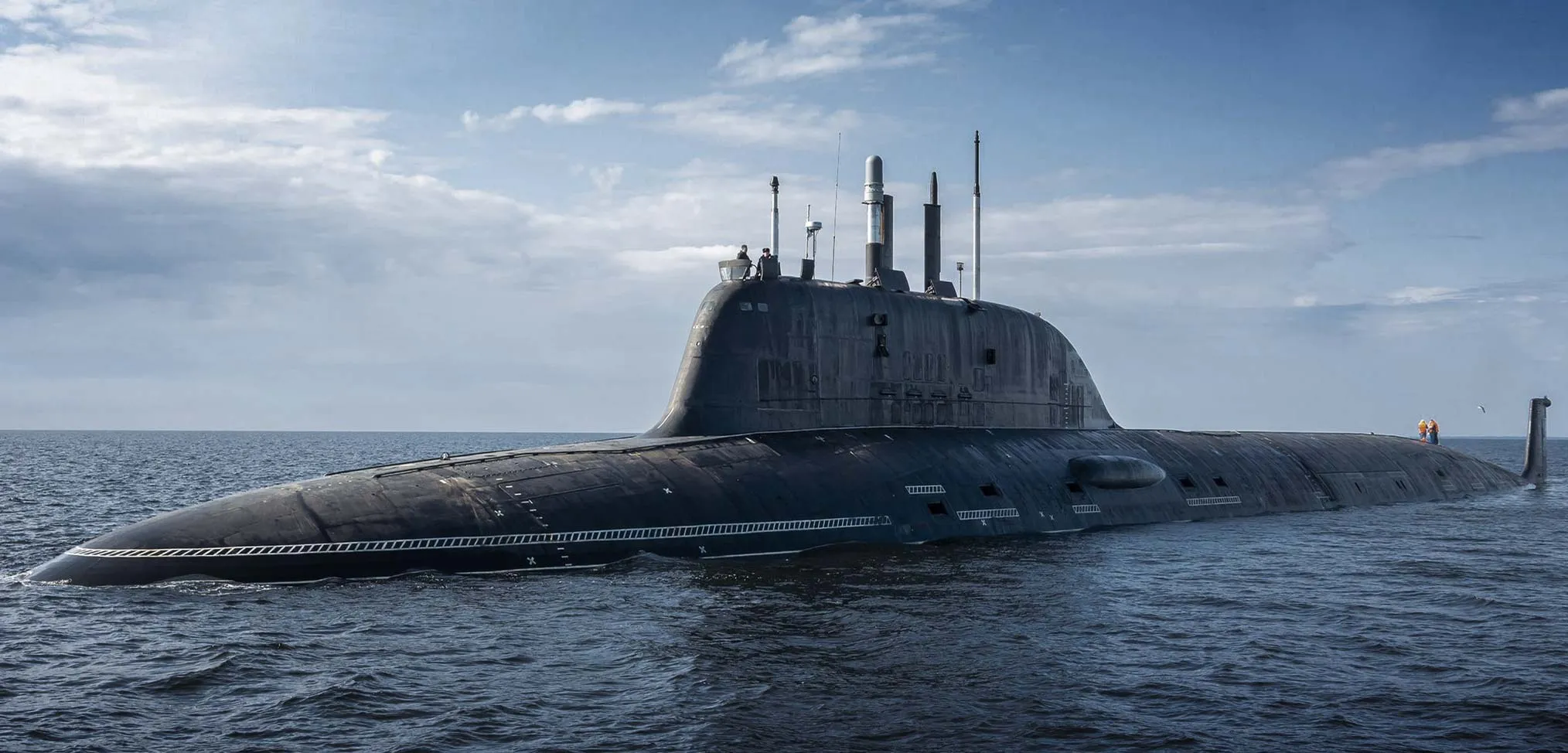A powerful tsunami triggered by a magnitude 8.8 earthquake has reportedly struck Russia’s secret nuclear submarine base in Kamchatka. Satellite images obtained by The Telegraph show severe damage to the pier at the Rybachiy base, a key facility of Russia’s Pacific Fleet.
Satellite images reveal a pier shift after a tsunami strike
According to Umbra Space, one of the docking structures was displaced at a “terrifying angle,” indicating the pier may have been partially torn from its foundation. No submarine was docked at the time of the impact, but the base’s vulnerability raises serious concerns. One image shows a submarine moored at the same pier as recently as 17 July.
The nuclear fleet base, just 75 miles from the epicenter struck by a natural disaster
Rybachiy is located in Avacha Bay, only 120 km (75 miles) from the quake’s epicenter. The base hosts Russia’s newest Borei-class and older Delta-class submarines.
Nearby facilities include Petropavlovsk-Kamchatsky and other strategic military sites.
Although the Kremlin insists the infrastructure is “fully earthquake-proof,” experts warn that even minor pier damage could compromise combat readiness.
Experts question the safety of fleet concentration in one port
Analysts stress that concentrating so many submarines in a single location is a strategic risk.
“This is why having multiple bases is a good idea, because you never know when you’re going to get rogered by something you haven’t seen coming,” said retired Royal Navy officer Tom Sharpe.
He also criticized the pier’s construction.
“It looks classically Russian. Taped on,” he adds.
While Russian sources deny any major damage, the base’s vulnerability to natural disasters casts doubt on the Pacific Fleet’s readiness for emergency scenarios.




